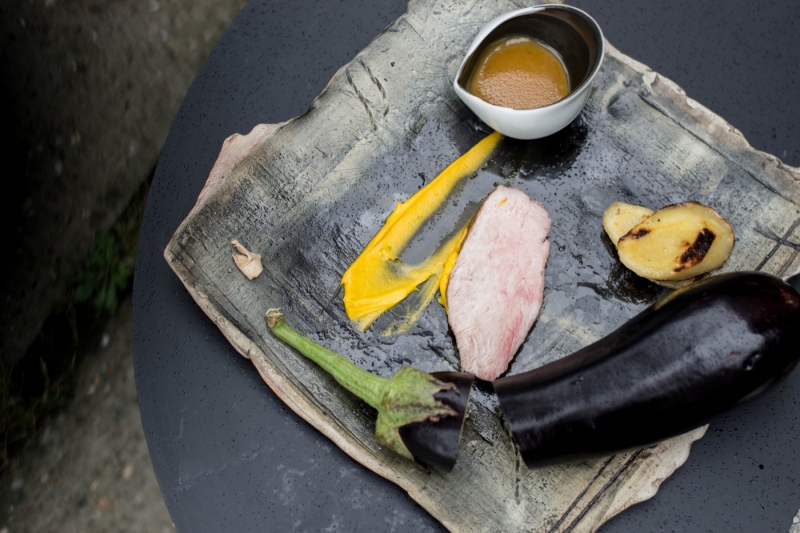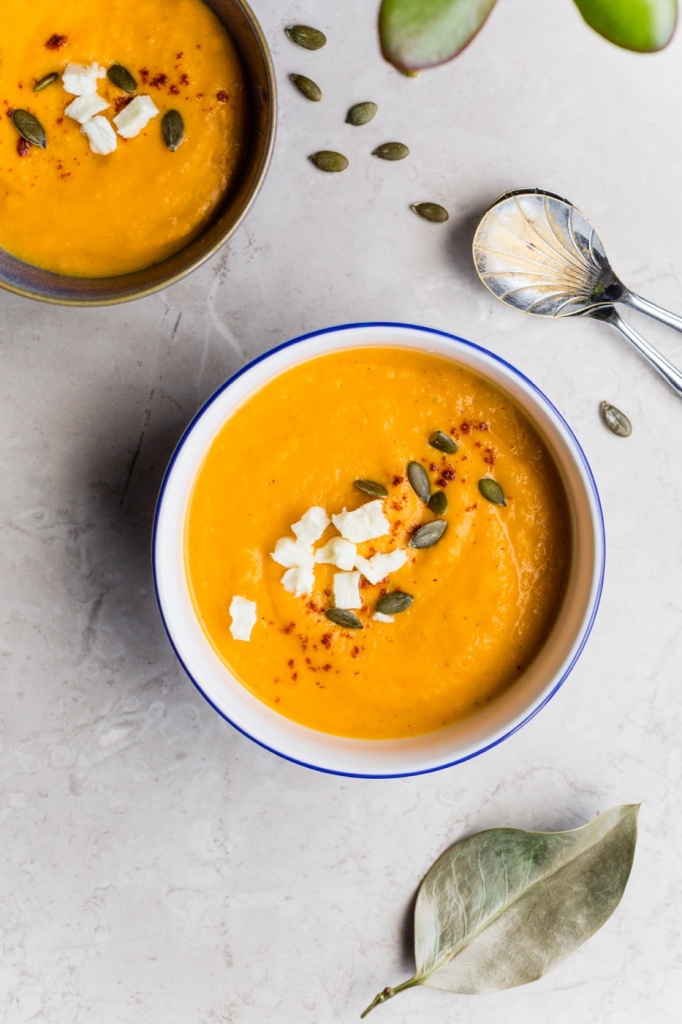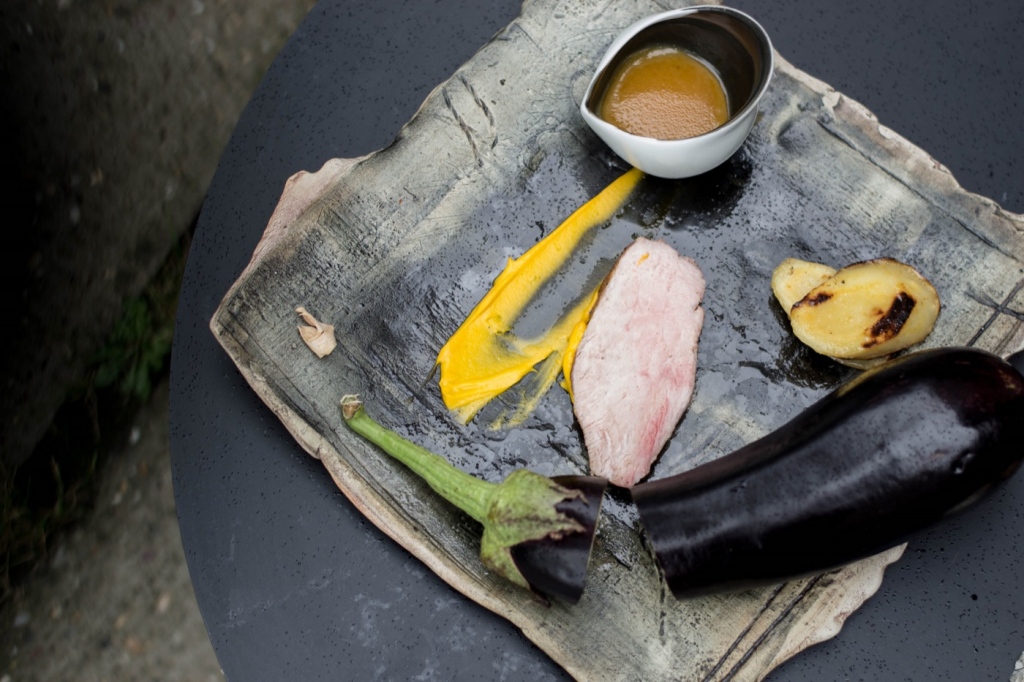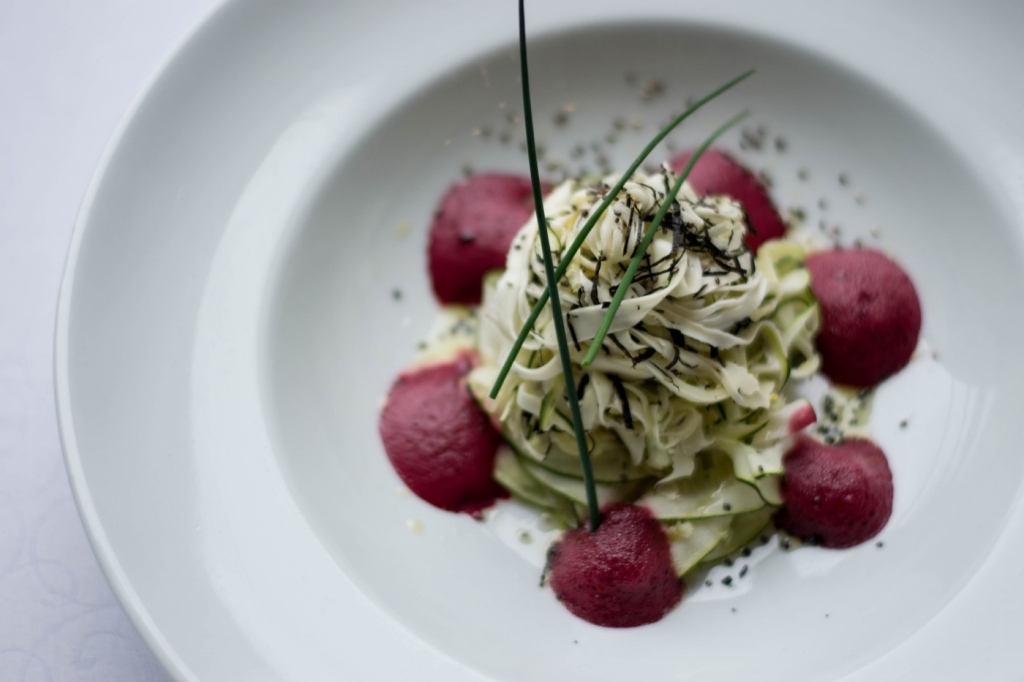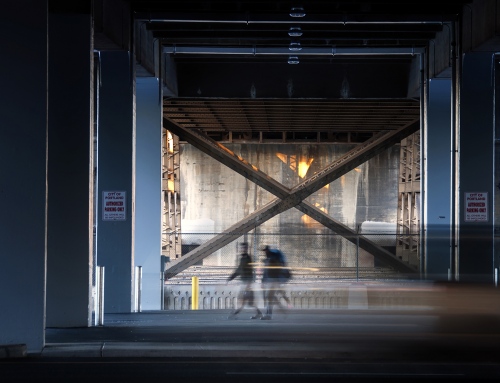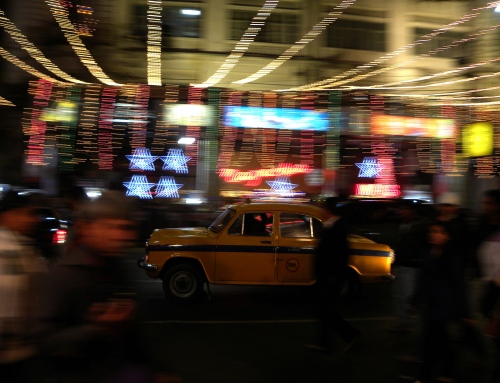If you want to stand out from the crowd, styling and composition in food photography is a crucial factor in building your own unique style as a photographer. The demand for food photography is huge at the moment and is constantly growing. Food blogs, cookbooks, restaurants’ websites and magazines create a large market where you can find your place. Here are some guidelines for you to get better shots, get inspired and be more confident with your creative food photography.
Food Styling Tips: Know When to Stop
When it comes to styling and composition in food photography, setting up your scene can be a key factor for success. Because of that, you should be very careful when it comes to adding elements – sometimes, less is more. When you decide what you primarily want to show (most often it’s the main dish), you should start building around it.
Cutlery, napkins, spices and various seeds can contribute to the final shot. But if you add too many elements around, the viewers’ eye will no longer know where to go. The image becomes messy and cluttered with so many details that the final image no longer looks so good.
Choose the Right Plates and Props
When you are choosing plates for food photography, you should think about the type of food you’re photographing, and according to that pair the food with dishes and utensils. There is a variety of different plates and dishes you could choose for your food scene – round, rectangular, plain white, patterned, colorful and decorative.
For the most of the time, it’s better for your plates to be plain white or black (well, monochrome in general) because the bright colors and drawings on the plate can distract the viewer’s focus from the food itself. Sometimes, decorative plates can be great to add a bit of detail to plain, simple foods, but be careful with that. Always remember that food is the main subject.
How Professionals Do It?
Top food photographers know that styling and composition in food photography are essential if you want to create your own, unique look. Just take a look at some of the famous food photographers and you’ll see how they managed to stand out from the mass – Nadine Greeff with her predominantly dark images and mystic light, or Francesco Tonelli, with his dynamic food shots that capture motion.
Make Sure Your Food is Fresh
Don’t forget to check if the food you’re photographing is still fresh. Your main goal should be to depict food that is delicious and appealing to the eye. Sometimes, shooting could take up to 2 or 3 hours. No matter how good the styling of the food is, if, for example, the tomato you photograph starts to shrink and lose its shape, your image becomes useless for the commercial use.
In the end, photography is a creative way to express yourself and there aren’t really rules and rights and wrongs. But with the proper styling and composition in food photography, you’ll see how your images start to become better, more professional and clean, how the food you’re photographing starts to be more appealing and presentable.
If you want to follow your progress and share photos with family and friends, SlickPic is a great platform to upload all your food photography albums and have them in one place.
